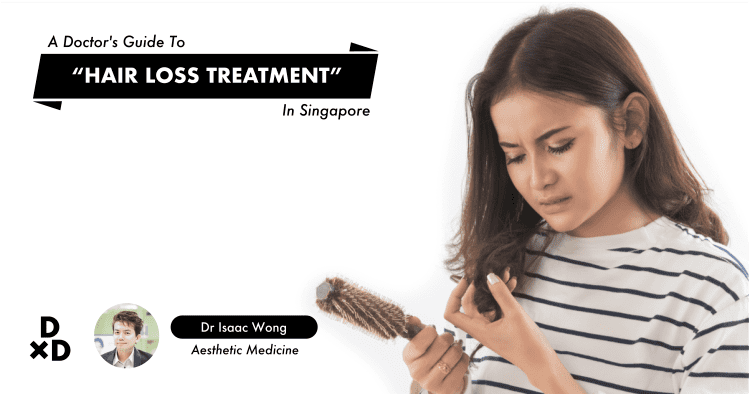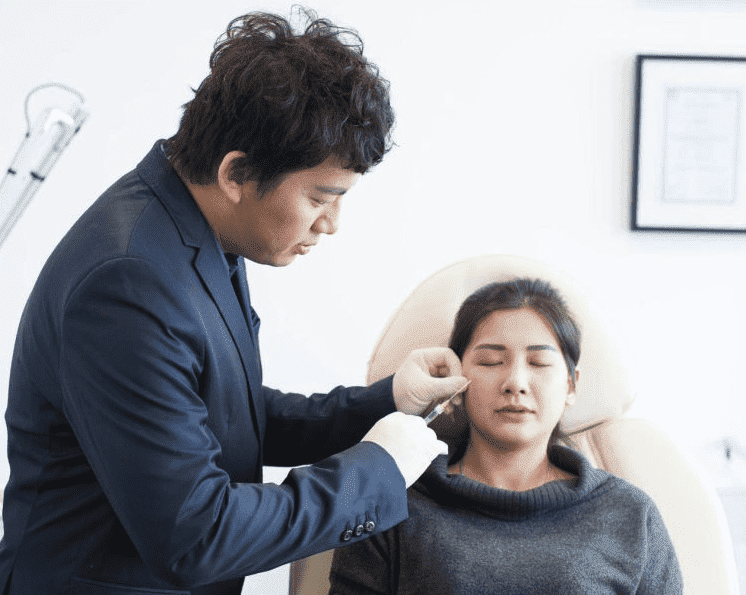“Fungal acne” should be properly diagnosed and differentiated from acne vulgaris as it is actually a form of folliculitis (inflammation of the hair follicle) and not true acne. “Fungal acne” is also known as malassezia folliculitis.
A doctor may be able to diagnose this confidently without additional tests if the clinical presentation and history is very suggestive.
A Wood’s lamp (available in some clinics) can be used to illuminate the lesions, which portray a yellow-green fluorescence.
Proper diagnostic studies include microscopic evaluation of the presence of yeast, cultures, and biopsies.
You may also have pomade acne (due to the use of certain hair products) if your condition tends to affect your hairline too.
Do seek out a trusted doctor for advice and treatment!
Regards,
Dr. Joanna Chan





